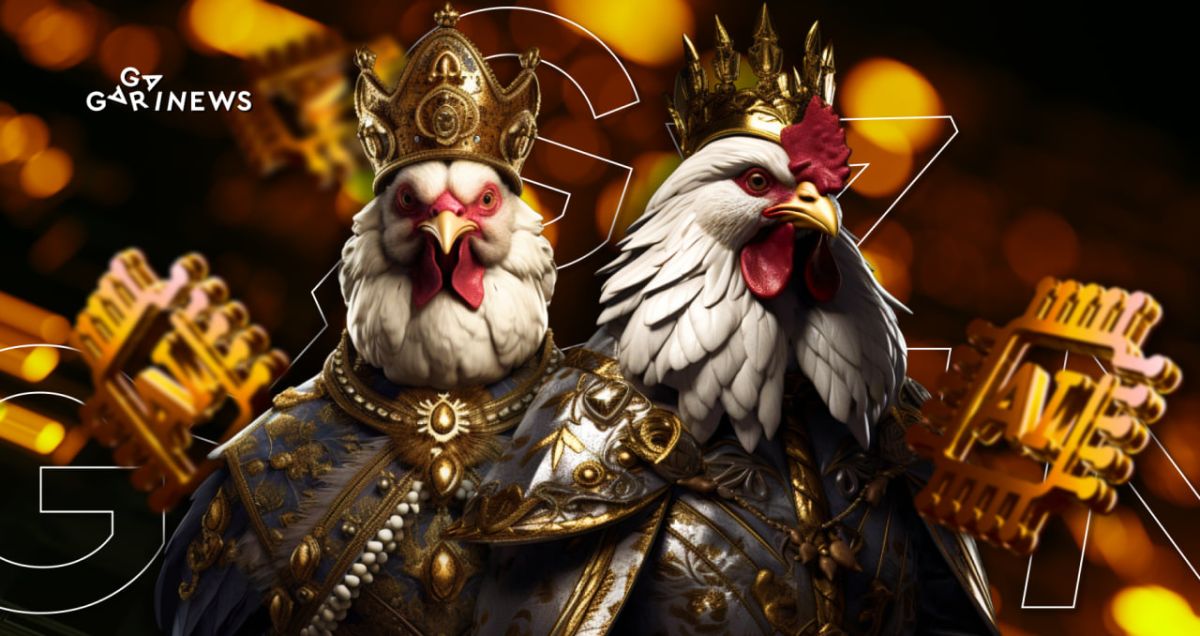AI in Zoology: Animal Language and Horse Data Learning

With AI’s relentless progress, it becomes an essential tool in animal studies and conservation. Every day, zoology undergoes a transformative evolution, embracing cutting-edge technology more and more.
On this page
Artificial intelligence has already ushered in significant changes in several fundamental aspects of animal science:
- Species Identification. Advanced machine learning algorithms can process and analyze images or sounds to pinpoint and classify various animal species. This enhances efficiency and minimizes invasiveness, with some processes even eliminating the need for physical capture.
- Behavioral Analysis. AI can process vast data volumes, revealing patterns and trends that might elude human observers. This becomes especially invaluable when examining animal migration patterns, their social hierarchies, and responses to environmental changes.
- Conservation. AI is becoming increasingly vital in our quest to safeguard endangered species. Modern AI-powered drones can monitor large territories, detecting traces of illegal poaching. Furthermore, algorithms dissect satellite imagery to track shifts in both animal populations and their habitats, directly influencing the development of tailored conservation strategies.
Certain advancements in technology can seem almost out of science fiction. For instance, under the guidance of Professor Adrian David Cheok, a team of Japanese researchers has developed an AI model capable of deciphering the language of chickens, and pinpointing the emotions of these domesticated birds. The model's training utilized 100 hours of meticulously chosen audio recordings, achieving an impressive 80% accuracy rate in determining feelings of joy, fear, and hunger in the birds. Initially, sounds were analyzed by experts in zoo psychology and veterinary medicine. Their conclusions were then utilized to instruct the AI model.
Adrian David Cheok is tuning in to the chickens. Source: Insider
Looking ahead, the team aims to launch a complimentary app for farmers in the UK and Australia, which will assist individuals in better comprehending the emotional states of their chickens.
If we know what animals are feeling, we can design a much better world for them,
says Professor Adrian David Cheok, University of Tokyo.
Another intriguing initiative is the Soundwel project, which saw collaboration from 16 scientists spanning Denmark, Switzerland, France, Germany, Norway, and the Czech Republic. Through machine learning, these researchers have systematized and interpreted the emotions of pigs. This was achieved by collating auditory data, with 411 pigs contributing their distinctive “oinks” for scientific analysis. In total, more than 7,000 sounds, produced by the pigs throughout various stages of their lives from birth to their final moments, were evaluated.
The subjects of the Soundwel project. Source: Elodie Briefer
Zoologists have gained a deeper understanding of how these animals interpret their surroundings.
We have trained the algorithm to decode pig grunts. Now, we need someone who wants to develop the algorithm into an app that farmers can use to improve the welfare of their animals,
says Elodie Briefer, Associate Professor of the University of Copenhagen’s Department of Biology at the University of Copenhagen.
She further notes that with an adequate amount of training data, this technique could potentially be adapted to discern the emotions of other mammals.
In some instances, the interplay between animals, humans, and AI can emerge from entirely unforeseen angles. Acquiring expansive datasets can sometimes be a formidable task, especially when working with languages like Danish. Given Denmark's stringent copyright laws, local researchers, in their pursuit of a Danish language dataset for AI training, turned their attention to Heste-Nettet. This Danish portal caters to equestrians and horse aficionados. Throughout its extensive lifespan, the platform has transitioned into a space where Danes deliberate on a plethora of topics, not just limited to equestrian pursuits. Heste-Nettet has emerged as a domestic counterpart to Yahoo Answers, where an array of questions find their answers. Still, discussions about riding equipment and details about stallions and mares continue to be a focal point on the forum. Remarkably, content from Heste-Nettet has contributed to one-fifth of the data used in training Danish language AI systems.
Danes are harnessing horse-related data to educate AI. Source: Heste-Nettet
The content on The Coinomist is for informational purposes only and should not be interpreted as financial advice. While we strive to provide accurate and up-to-date information, we do not guarantee the accuracy, completeness, or reliability of any content. Neither we accept liability for any errors or omissions in the information provided or for any financial losses incurred as a result of relying on this information. Actions based on this content are at your own risk. Always do your own research and consult a professional. See our Terms, Privacy Policy, and Disclaimers for more details.




























